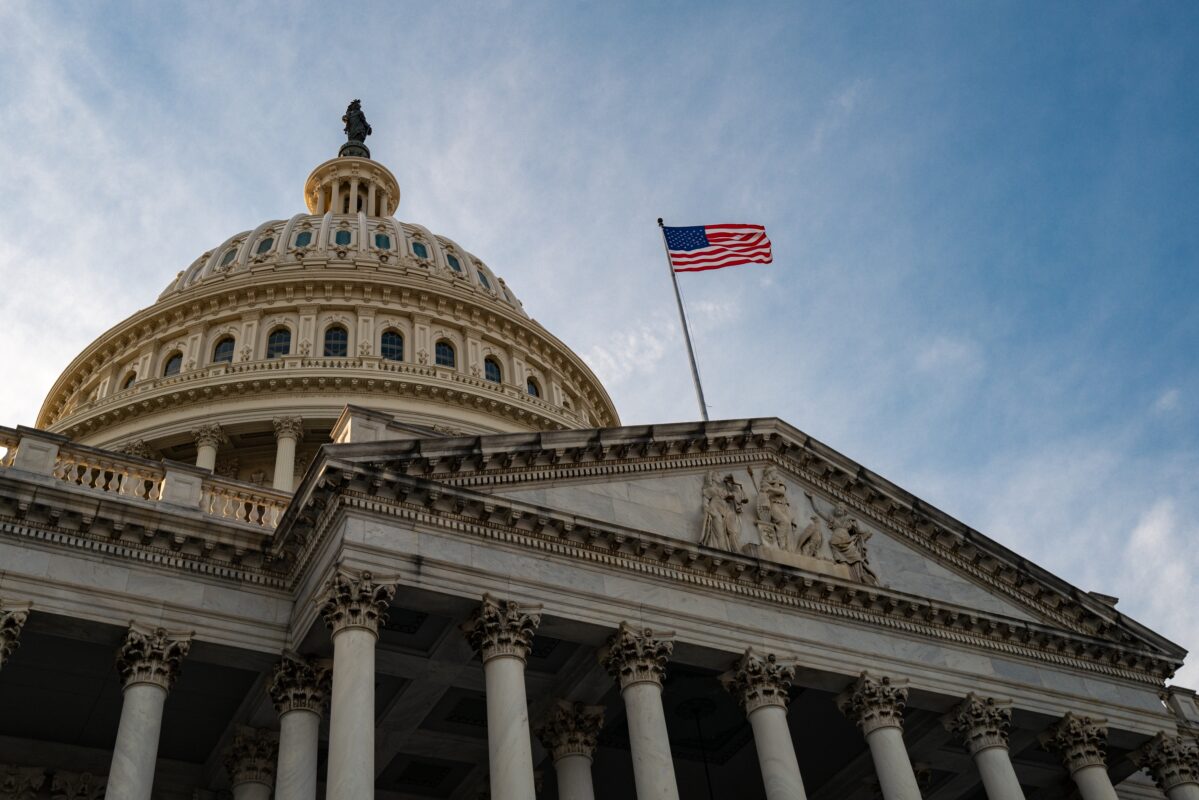As children across the United States head back to school, the American Academy of Audiology recommends that parents and teachers pay close attention to children’s hearing ability. Education is primarily delivered through auditory input and even a mild hearing loss can impact a child’s success in school.
Children with untreated hearing loss use more cognitive energy to understand what is being said or may appear to not be paying attention because they are missing what was said. A drop in academic performance could be a sign of hearing loss. According to the National Institutes of Health’s National Institute on Deafness and Other Communication Disorders, about two to three out of every 1,000 children in the United States are born with a detectable level of hearing loss in one or both ears. The total number of children with some type of hearing loss is unknown and many cases may go undiagnosed.
Academy members, reach out to media, consumer groups, and other health-care providers to share the importance of hearing and balance care and promote audiology. Use the tools, resources, and press templates below.
Recent Posts
Academy Files Rulemaking Petition to Restore ABA Language in VA Regulations
Earlier last year, the Virginia Board of Audiology and Speech-Language Pathology finalized regulatory changes intended to streamline licensure by removing direct ties between certification and…
Congress Needs to Hear From Audiologists on Student Loan Access
The Professional Student Degree Act, H.R. 6718, introduced by Representative Michael Lawler (R-NY), was introduced in mid-December. This bill reaffirms audiology’s status as a professional…
Why Wild Animals Don’t Have Floppy Ears
In 1959, a scientist began a domestication experiment with silver foxes. Critics believed the experiment was, at the very least, too ambitious (if not outright…


